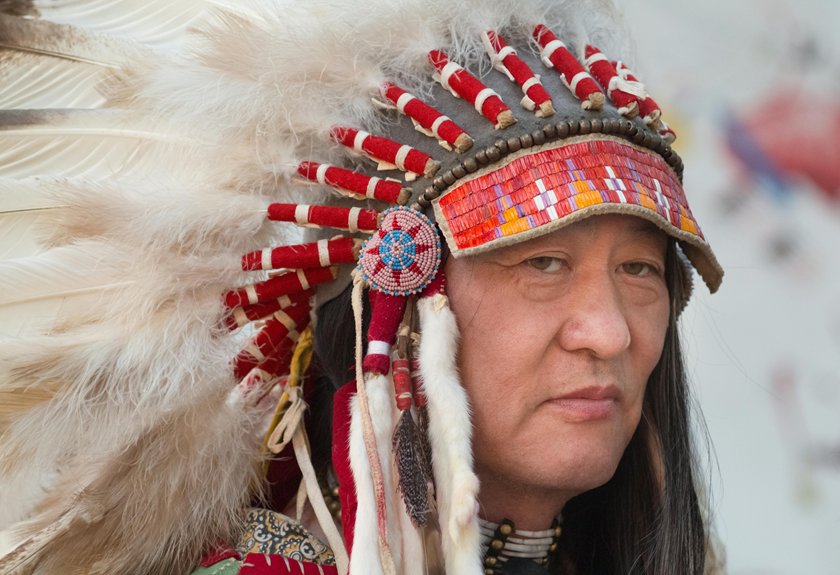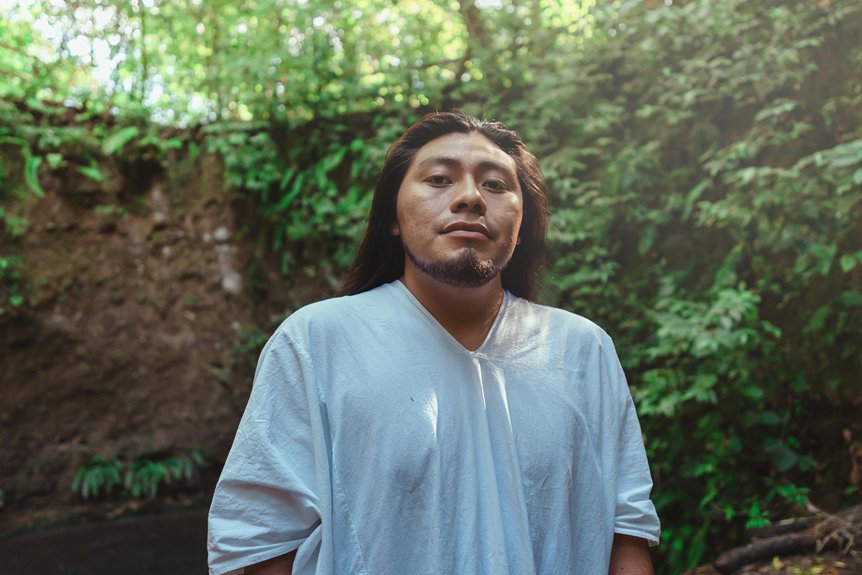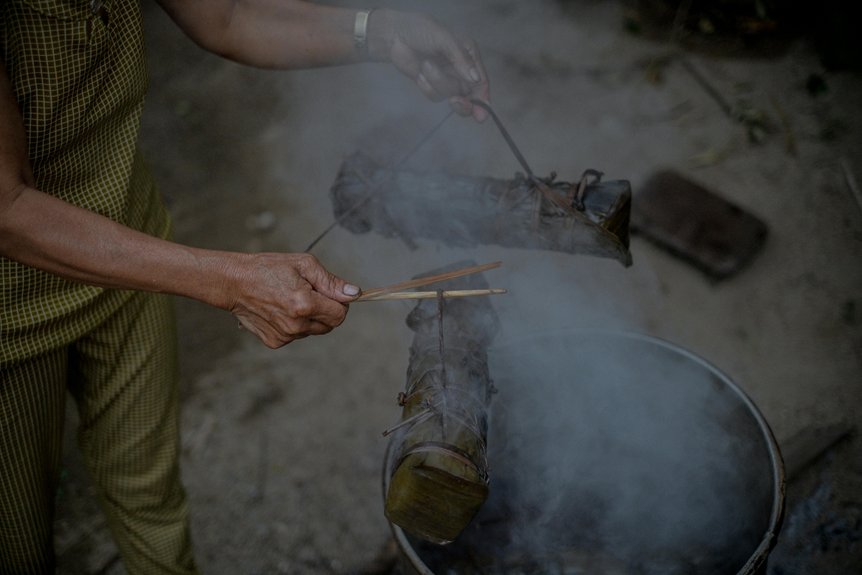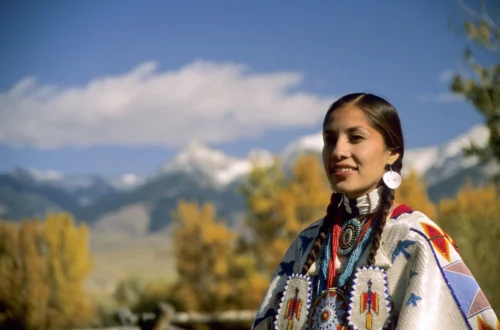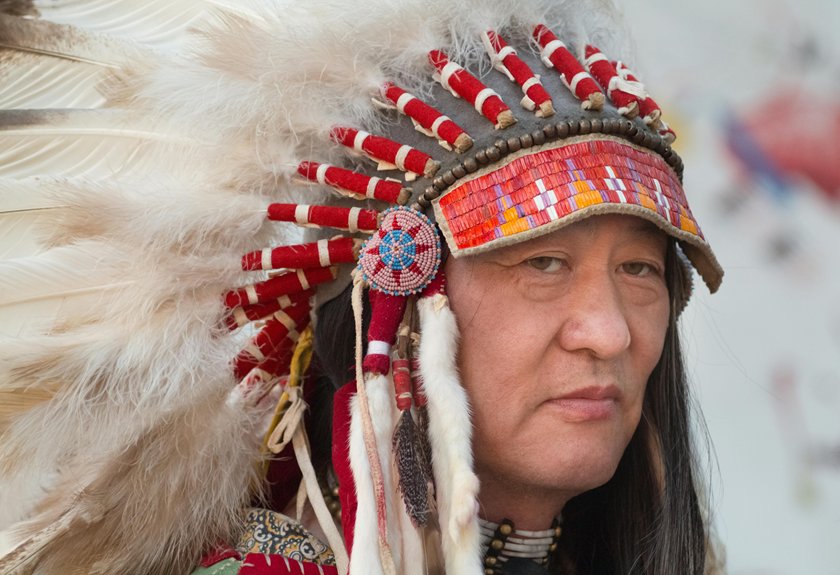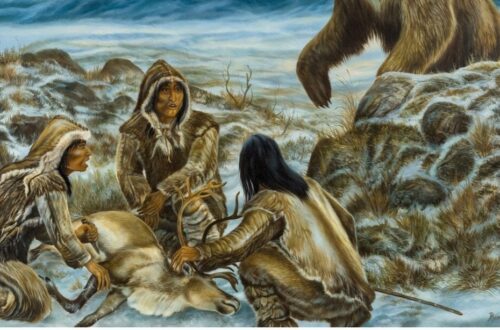You might wonder why Native Americans are often referred to as “Indians.” This term, rooted in a significant historical misunderstanding, reflects more than just a name; it encapsulates a complex narrative of culture, identity, and colonial legacy. Understanding this misnomer opens the door to a deeper exploration of Indigenous histories and the diversity among tribes. What does this mean for how we view and engage with Native American cultures today?
The Journey of Columbus: A Misguided Voyage
While many view Christopher Columbus’s journey as a monumental discovery, it’s essential to recognize that his expedition was rooted in a fundamental misunderstanding of geography and culture.
You might find it surprising that Columbus thought he could reach Asia by sailing westward, underestimating the vastness of the Americas. His miscalculations not only led him to lands unknown to Europeans but also resulted in profound consequences for Indigenous peoples.
Instead of encountering the riches of Asia, he arrived in a vibrant, diverse world filled with cultures he didn’t understand. This misunderstanding set the stage for future interactions that often disregarded the sovereignty and humanity of Native peoples, revealing the complexity of what we now consider a pivotal moment in history.
The Term “Indian”: Origins and Misconceptions
Although many people associate the term “Indian” with the Indigenous peoples of the Americas, it actually stems from a significant misunderstanding. When Christopher Columbus reached the Caribbean, he mistakenly believed he’d found a new route to India, thereby labeling the inhabitants as “Indians.”
This misnomer became entrenched in European discourse and continued even as more accurate terms were needed. The term overlooks the rich diversity of cultures, languages, and histories among Indigenous peoples.
Early Encounters: European Explorers and Indigenous Peoples
When European explorers first arrived in the Americas, they encountered diverse Indigenous societies with intricate cultures and established ways of life.
You’d see vibrant communities, each with unique languages, customs, and spiritual beliefs. Initial interactions varied, from curiosity and trade to misunderstanding and conflict.
Some explorers documented their experiences, often painting Indigenous peoples through a biased lens that didn’t capture their true essence. You might wonder how these encounters shaped perceptions that persist today.
As you explore this history, it’s essential to recognize the resilience of Indigenous peoples despite the challenges they faced. Their rich heritage continues to thrive, reminding us of the complex tapestry of human experience that existed long before European arrival.
Linguistic Evolution: How “Indian” Became Commonplace
As European explorers continued their voyages into the New World, they often misidentified the Indigenous peoples they encountered, labeling them “Indians” due to a series of misconceptions. This term originated from Christopher Columbus, who believed he’d reached the outskirts of India.
As explorers shared their findings, the name “Indian” stuck, becoming commonplace in European discourse. Over time, this label transcended its geographical misinterpretation, embedding itself in legal, cultural, and social contexts.
While it reflected a misunderstanding of the diverse Indigenous cultures, the term has persisted in various forms. Today, it’s essential to recognize the implications of this term, fostering an awareness of its historical roots and the importance of using appropriate names that reflect the true identities of these communities.
Cultural Diversity Among Native American Tribes
While many people might picture Native Americans as a single, homogenous group, the reality is that there’s an incredible diversity among the tribes across North America. Each tribe has its own unique traditions, languages, and social structures.
For instance, the Navajo are known for their intricate weaving and storytelling, while the Lakota emphasize a deep spiritual connection to the land through rituals and ceremonies. You’ll find various governance systems, from matriarchal societies to tribal councils, reflecting their distinct histories.
Additionally, their art, music, and dance styles vary widely, showcasing rich cultural expressions. Understanding this diversity helps you appreciate the complexity of Native American identities and the profound connections these tribes maintain with their heritage and communities.
The Impact of Colonization on Indigenous Identities
Colonization profoundly reshaped Indigenous identities, often forcing Native Americans to navigate a landscape marked by cultural erosion and adaptation.
You might find it striking how colonizers imposed new values, languages, and systems that clashed with traditional ways of life. Many Indigenous people faced pressures to abandon their languages, religions, and customs, leading to a loss of cultural continuity.
However, resilience emerged in these communities, as they adapted and blended elements of their heritage with new influences. Through storytelling, art, and community gatherings, they’ve preserved essential aspects of their identities.
Understanding this history reveals the complex interplay between survival and transformation, highlighting the ongoing journey of Indigenous peoples in reclaiming and redefining who they’re today.
Modern Perspectives: Reclaiming Indigenous Terminology
Understanding the historical context behind terms used to describe Indigenous peoples is essential for fostering respect and awareness.
As you engage with modern perspectives, consider the importance of reclaiming Indigenous terminology. Many Indigenous communities advocate for using their specific tribal names or terms that reflect their unique cultures and histories. This shift not only honors their identities but also challenges the colonial narratives that have persisted for centuries.
By using appropriate terminology, you contribute to a more accurate representation of Indigenous experiences. Embracing these changes encourages dialogue and deeper connections with Indigenous peoples, fostering a greater understanding of their rich heritage.
Ultimately, respecting their preferred terms empowers communities and affirms their right to self-identify.
The Role of Education in Understanding Native History
Education plays an essential role in shaping how we perceive and understand Native history, especially when it comes to dismantling stereotypes and myths. By engaging with accurate historical narratives, you’re better equipped to appreciate the complexities of Indigenous cultures.
Learning about the diverse experiences, languages, and traditions of Native peoples fosters respect and empathy. It helps you recognize the impact of colonialism and the resilience of Indigenous communities.
Additionally, incorporating Native voices and perspectives into your education can challenge misconceptions and promote a more inclusive understanding of history. As you explore these topics, you’ll find that a well-rounded education not only enriches your knowledge but also empowers you to honor the true stories of Native Americans.
Moving Forward: Acknowledging the Past and Embracing Change
As we reflect on the historical injustices faced by Native Americans, it becomes crucial to acknowledge the lasting impact of these events while also embracing the opportunity for change.
You can help foster understanding by listening to Indigenous voices and recognizing their rich cultures. Supporting Native-led initiatives and advocating for policy changes can empower communities and promote healing.
It’s essential to educate yourself about the complexities of Native history and the ongoing struggles they face. By engaging in open dialogues, you can challenge stereotypes and work towards a more equitable future.
